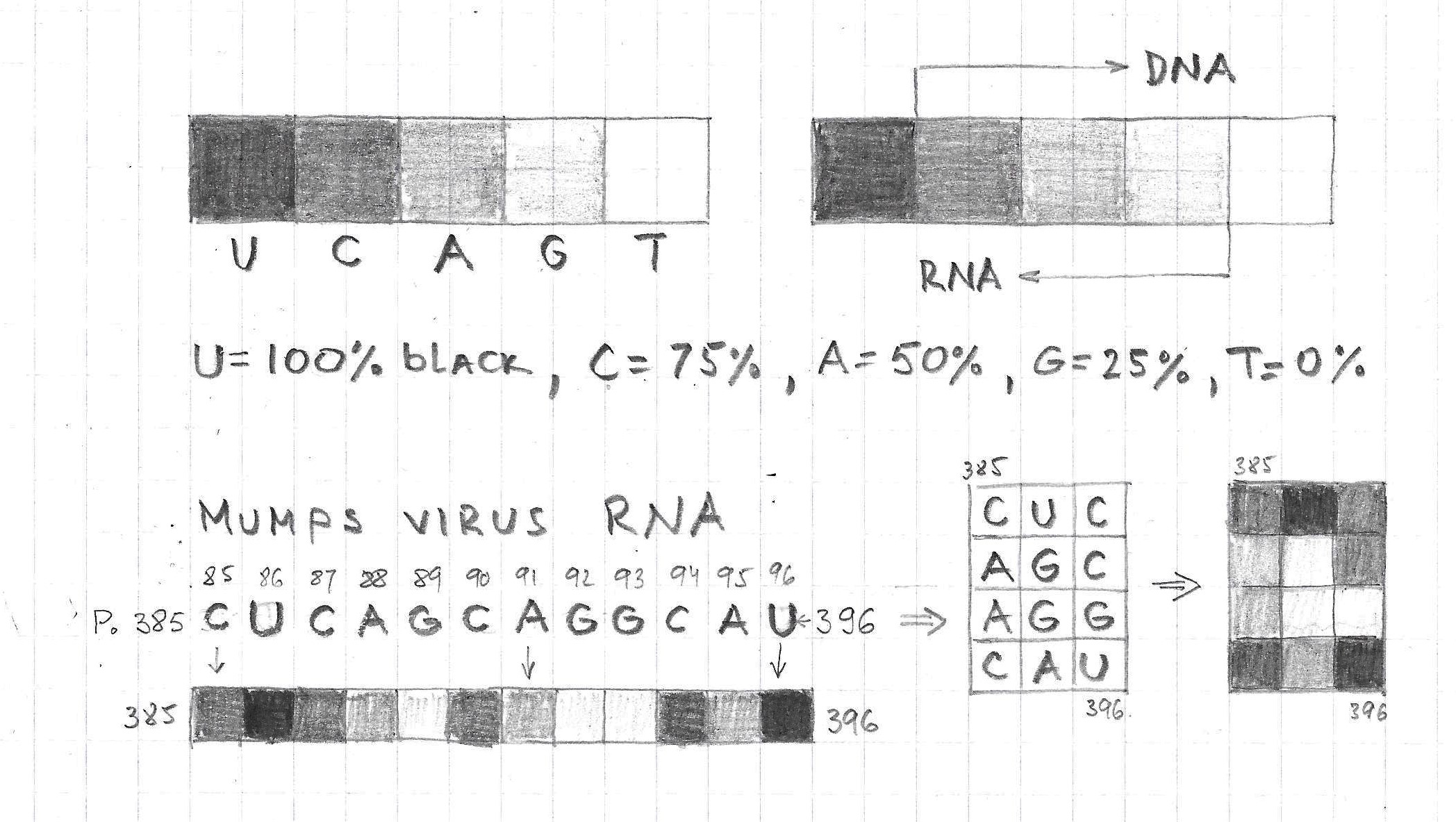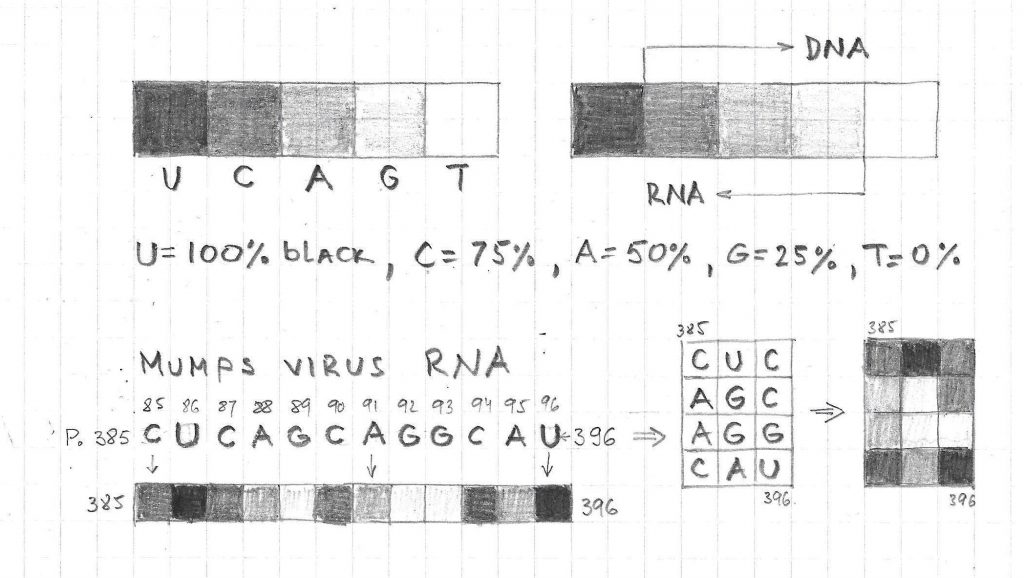http://onlinelibrary.wiley.com/doi/10.1002/ece3.3638/full
Ecology and Evolution, (2018), 8:185-196. DOI: 10.1002/ece3.3638
Michael S. Robeson II, Kamil Khanipov, George Golovko, Samantha M. Wisely, Michael D. White, Michael Bodenchuck, Timothy J. Smyser, Yuriy Fofanov, Noah Fierer, Antoinette J. Piaggio
Abstract
Wild pigs (Sus scrofa) are an invasive species descended from both domestic swine and Eurasian wild boar that was introduced to North America during the early 1500s. Wild pigs have since become the most abundant free-ranging exotic ungulate in the United States. Large and ever-increasing populations of wild pigs negatively impact agricul- ture, sport hunting, and native ecosystems with costs estimated to exceed $1.5 bil- lion/year within the United States. Wild pigs are recognized as generalist feeders, able to exploit a broad array of locally available food resources, yet their feeding behaviors remain poorly understood as partially digested material is often unidentifiable through traditional stomach content analyses. To overcome the limitation of stomach content analyses, we developed a DNA sequencing-based protocol to describe the plant and animal diet composition of wild pigs. Additionally, we developed and evaluated block- ing primers to reduce the amplification and sequencing of host DNA, thus providing greater returns of sequences from diet items. We demonstrate that the use of block- ing primers produces significantly more sequencing reads per sample from diet items, which increases the robustness of ascertaining animal diet composition with molecular tools. Further, we show that the overall plant and animal diet composition is signifi- cantly different between the three areas sampled, demonstrating this approach is suit- able for describing differences in diet composition among the locations.
KEYWORDS
blocking primer, CO1, diet, feral swine, metabarcoding, trnL







Recent Comments